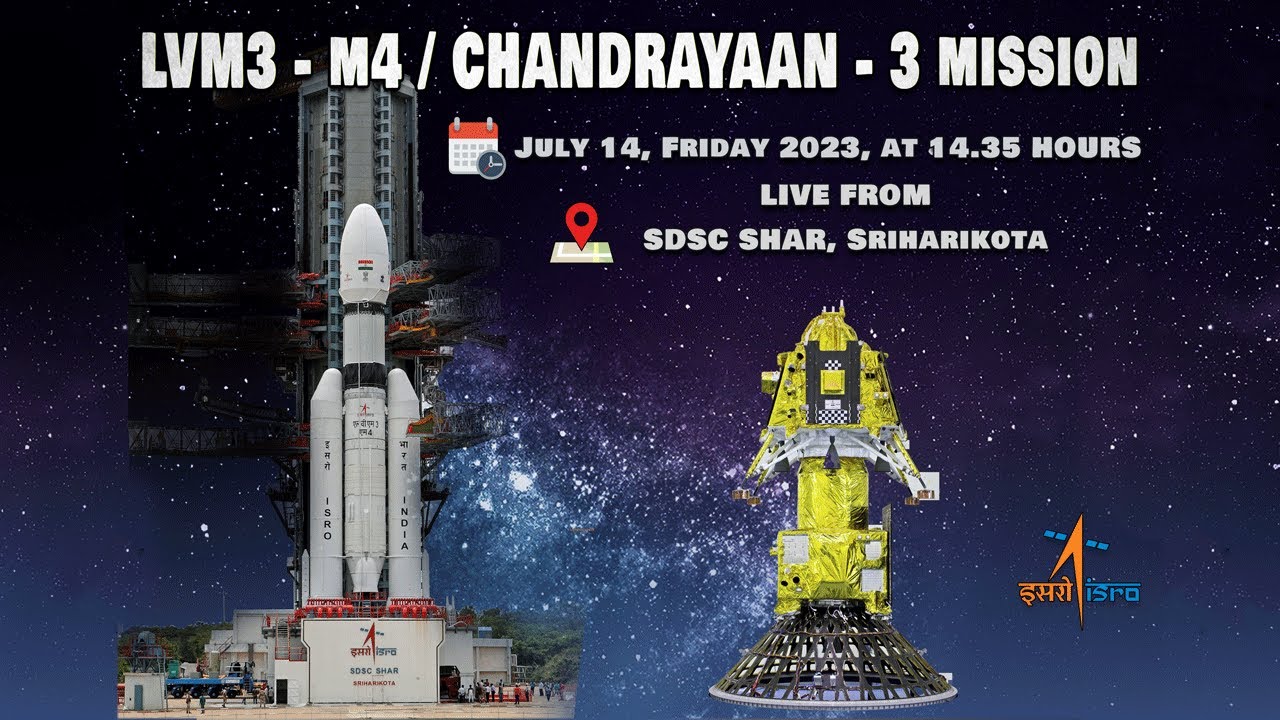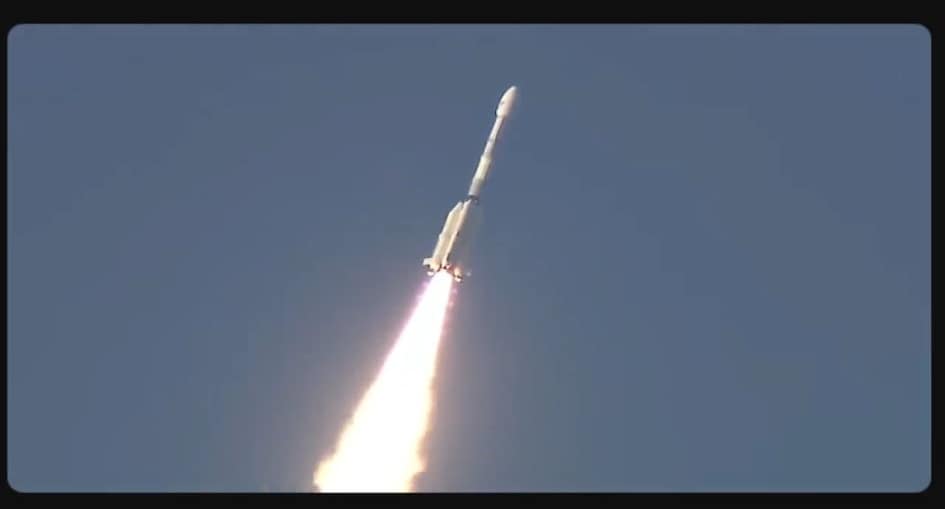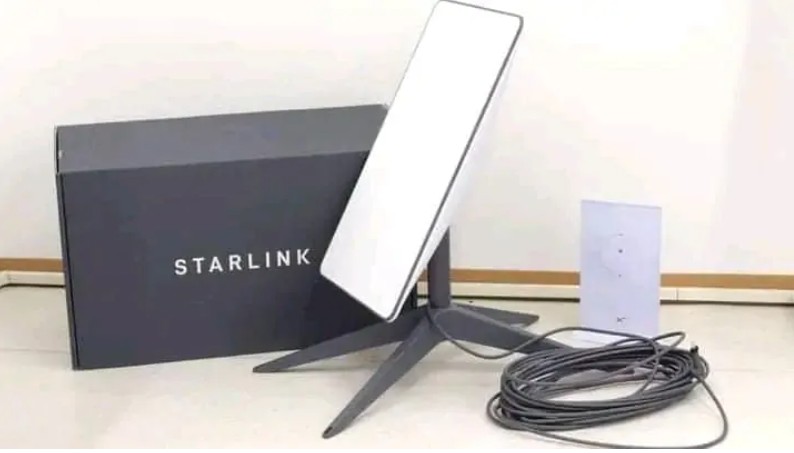
The countdown for the July 14 afternoon launch of India’s third shot at the moon-Chandrayaan-3- has begin at 1.05 p.m. on Thursday, said a senior official of the Indian space agency ISRO.
India’s Chandrayaan-3 Moon mission, with a cost of $77 million, is equivalent to Rs 632 crore in Indian currency. Interestingly, this amount is comparable to the budget of a typical Hollywood movie.
Ahead of India’s third mission to the moon, scientists of Indian Space Research Organisation (ISRO) on Thursday offered prayers at Tirupati’s Venkatachalapathy Temple for its success. A team of ISRO scientists performed puja with a miniature model of Chandrayaan-3.
The launch of the Chandrayaan-3 spacecraft is scheduled to take place using India’s heavy lift rocket, the LVM3, which weighs 642 tons. On July 14, at 2.35 p.m., the three-stage LVM3 rocket will be launched from the second launch pad located at Sriharikota rocket port in Andhra Pradesh. Prior to the launch, the liquid and cryogenic stages of the rocket will be fueled up, and the rocket systems will be thoroughly checked during the countdown process.
The LVM3 rocket consists of three stages. The first stage is powered by solid fuel, while the second stage utilizes liquid fuel. The third and final stage incorporates a cryogenic engine that runs on a combination of liquid hydrogen and liquid oxygen. At the time of liftoff, the total propellant mass of the 642-ton rocket will be 553.4 tons, accounting for all three stages combined. Approximately 16 minutes into its flight, the rocket will separate from the Chandrayaan-3 spacecraft at an altitude of around 179 kilometers.

Subsequently, the Chandrayaan-3 spacecraft will embark on its own extensive journey to the moon, spanning approximately 384,000 kilometers. It is anticipated that the spacecraft’s lander will execute a soft landing on the lunar surface around August 23 or 24. The Indian Space Research Organisation (ISRO) has provided details regarding the components of the Chandrayaan-3 spacecraft, which consist of a propulsion module weighing 2,148 kg, a lander weighing 1,723.89 kg, and a rover weighing 26 kg.
It is worth noting that the payload of Chandrayaan-2 weighed approximately 3.8 tons, with the orbiter weighing 2,379 kg, the Vikram lander weighing 1,444 kg, and the Pragyan rover weighing 27 kg. The primary objective of the Chandrayaan-3 mission is to ensure a safe landing of the lander on the lunar surface, followed by the deployment of the rover to conduct experiments.

The payload carried by the propulsion module, after the separation of the lander, has a lifespan of three to six months. Conversely, the lander and rover have a mission duration of one lunar day, equivalent to 14 Earth days, as stated by ISRO. The propulsion module is equipped with a payload called Spectro-polarimetry of Habitable Planet Earth (SHAPE), which aims to study the spectral and polarimetric measurements of Earth from the lunar orbit.
The lander payloads include several instruments with specific functions. The Chandra’s Surface Thermophysical Experiment (ChaSTE) is designed to measure thermal conductivity and temperature. The Instrument for Lunar Seismic Activity (ILSA) will assess seismicity in the vicinity of the landing site. The Langmuir Probe (LP) will analyze plasma density and its variations. Additionally, a passive Laser Retroreflector Array from NASA is included for lunar laser ranging studies. On the other hand, the rover will be equipped with an Alpha Particle X-ray Spectrometer (APXS) and a Laser Induced Breakdown Spectroscope (LIBS) to determine the elemental composition near the landing site, as confirmed by ISRO.
According to the Indian space agency, the moon mission is divided into three distinct phases. The first phase is the Earth-centric phase, which includes pre-launch activities, launch and ascent, and Earth-bound maneuvers. The second phase is the Lunar Transfer Phase, involving the trajectory for transferring to the moon. The final phase is the Moon-centric phase, which encompasses lunar orbit insertion, moon-bound maneuvers, separation of the propulsion module and lunar module, de-boost phase, pre-landing phase, landing phase, normal phase for the lander and rover operations, and the Moon-centric normal orbit phase at a 100 km circular orbit for the propulsion module.
In the initial phase of the mission, the Chandrayaan-3 spacecraft will be carried by India’s reliable and robust heavy lift rocket, the LVM3. Standing at a height of 43.5 meters and weighing 642 tons, the LVM3 has a remarkable track record of six consecutive successful missions. This will be the fourth operational flight of the LVM3, with the objective of launching the Chandrayaan-3 spacecraft into a Geo Transfer Orbit (GTO). The upcoming moon mission on Friday is a follow-up to the unsuccessful Chandrayaan-2 mission in 2019, during which the lander named Vikram unfortunately crash-landed on the lunar surface.
Regarding the modifications made to the lander for the Chandrayaan-3 mission compared to its predecessor that encountered the mishap, a senior ISRO official informed IANS that the lander now features four motors instead of five. The space agency has also implemented certain software changes. Interestingly, ISRO has not revealed the names of the lander and rover for this mission. In the Chandrayaan-2 mission, the lander was named Vikram, and the rover was named Pragyan.
For breaking news and live news updates, like us on Facebook fb.com/thevoiceofsikkim or follow us on Twitter twitter.com/thevoicesikkim and Instagram instagram.com/thevoiceofsikkim. Visit www.voiceofsikkim.com.






